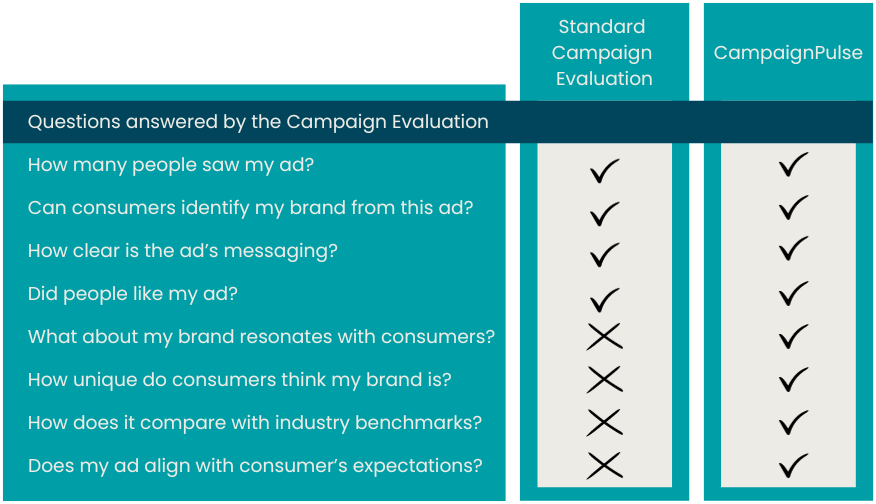Headquarters
Maria Skolgata 83,
118 53 Stockholm, Sweden
Phone: +46 8 400 268 00
Email: hello@nepa.com
Follow us
Solutions
Copyright © Nepa | Powered by GO MO Group. All Rights Reserved.
May 3, 2024

Brands trying to increase their share of wallet or relevance often start at the end of the process, with concept testing and ad spend. But before this, you need to understand your brand and category on a fundamental level. Who is my brand today? What is my ideal position? How do people view my competition? Where and how can I grow my brand?
Brand Touch measures the true emotional position of your brand, and how this relates to drivers within your category. 120 character traits and 8 personality segments are used to visualise your position in a simple, concrete, and actionable way. By measuring your brand via human characteristics, you can understand your current positioning, and how this relates to the rest of your market. With Brand Touch 3.0, we move from this present positioning to unlock the future. Our new market opportunity maps open up whitespaces for growth that can help your brand build future success.
Brand Touch positions your brand, category, and competition on a map based on the Five Factor model, to reveal your brand’s true positioning. It offers you the insights to quantify your brand’s emotional relevance and know where to go next.
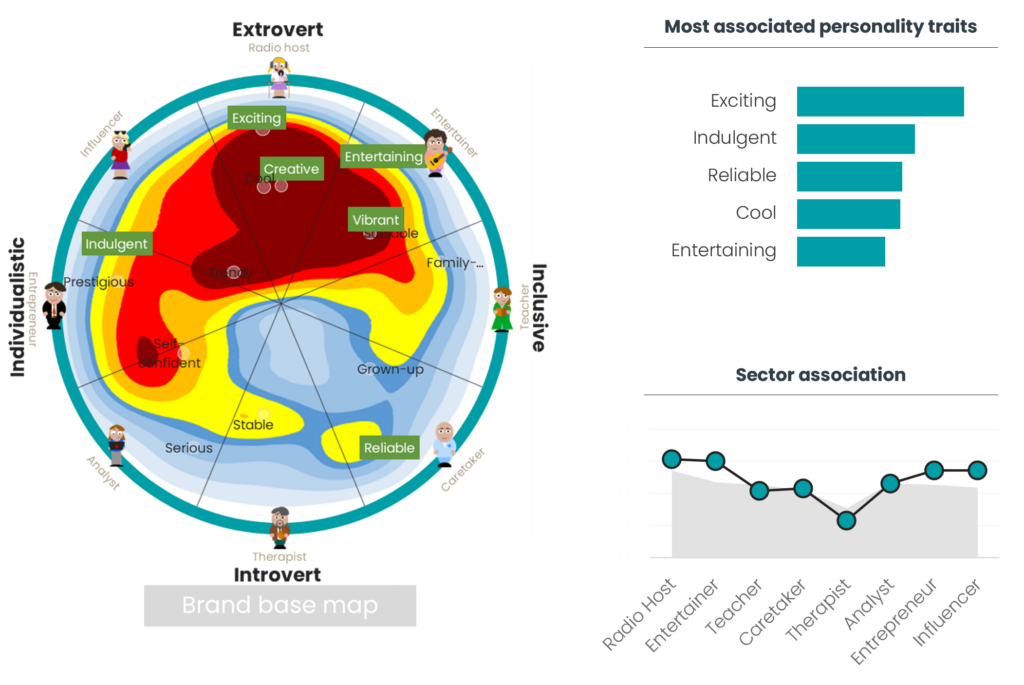
Understanding your brand in isolation is one thing – Seeing how you compare to the market is another. Brand Touch shows how your brand is perceived versus your competitors, and which character traits are important to your category.
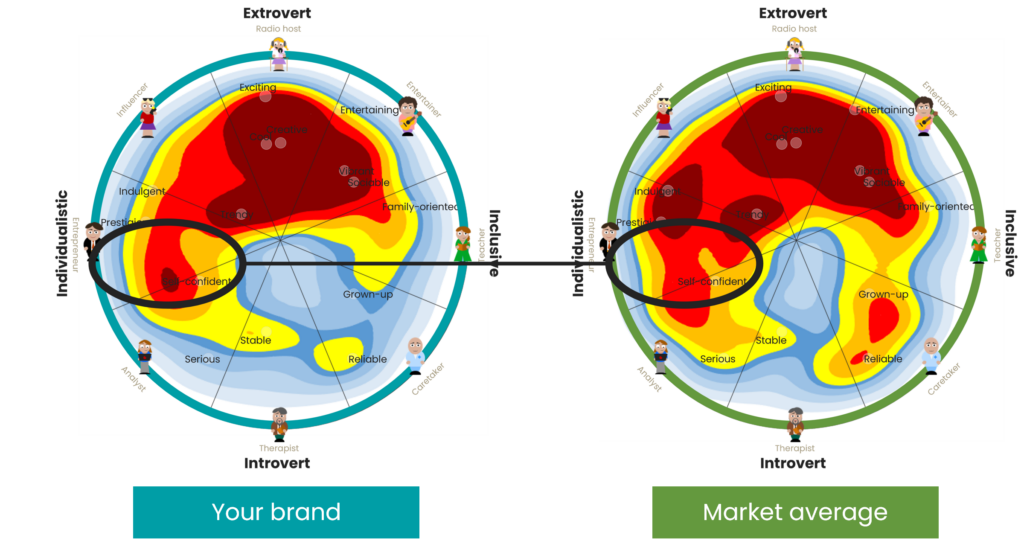
Many brands position themselves in the same way and target the same types of personality. Brand Touch can be used to strip out all of the noise in your positioning, and uncover the distinctive characteristics you should move front and centre in your comms to stand out in a crowded market.
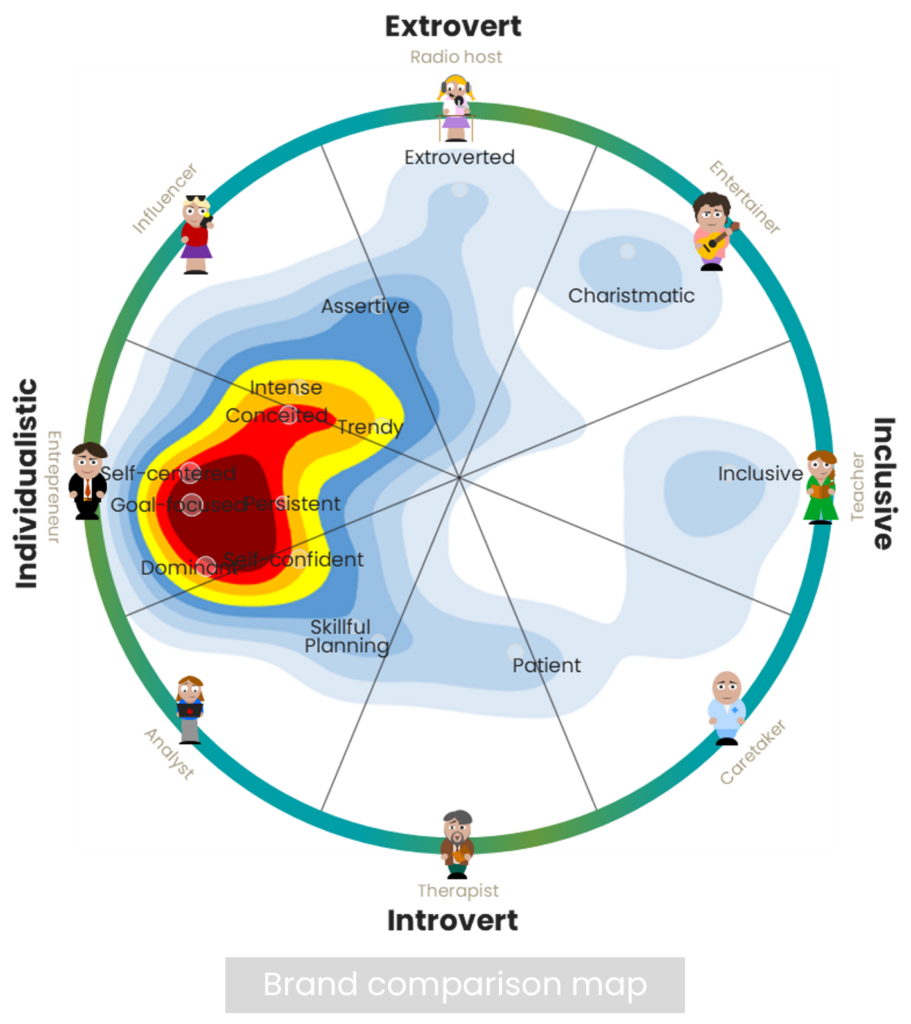
By mapping your category’s unmet needs, you can uncover the attributes you should focus on in your brand identity and comms to truly grow. Brand Touch gives you the data to shift your branding in a credible and successful way.
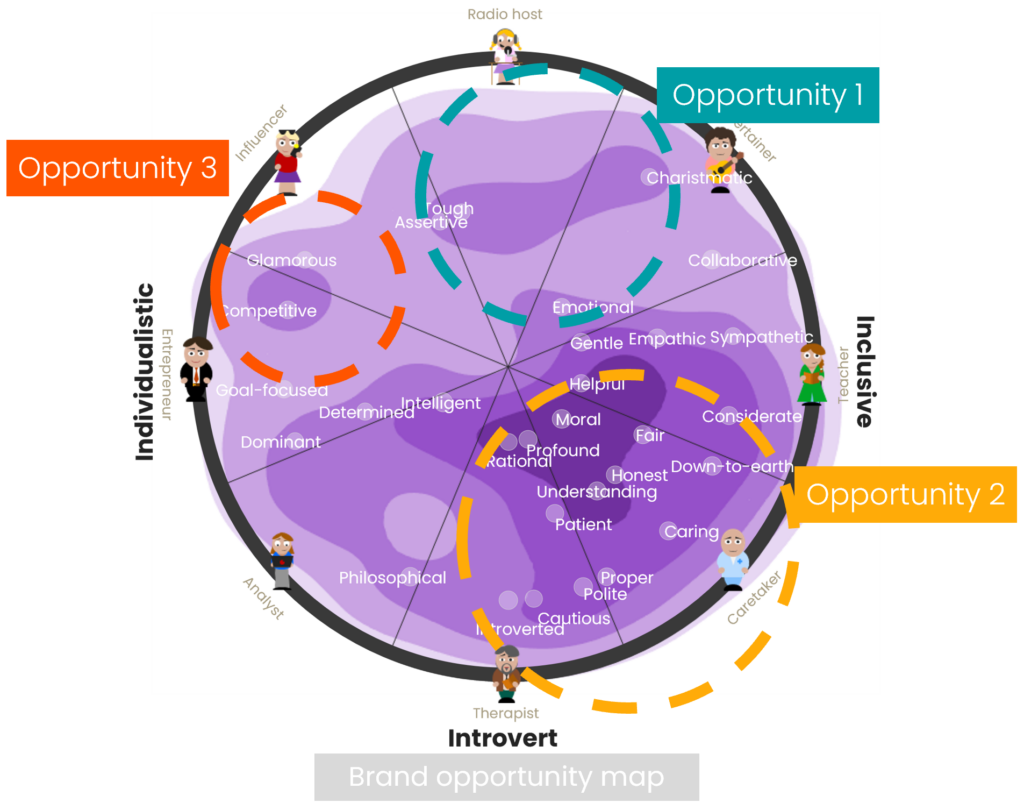
Brand Touch 3.0 offers a comprehensive solution for brands seeking to increase their share and relevance in the market. By measuring the true emotional position of your brand and its alignment with category drivers, the solution provides actionable insights to guide strategic decisions. With new market opportunity maps that uncover whitespace for growth, Brand Touch empowers brands to win in their category.
April 24, 2024

“Thank you to everyone who joined us in celebrating Nepa Finland’s 10 year birthday last week! Your presence made the occasion truly memorable and marked a decade of meaningful partnerships and growth.”
Milla Westerlund, Maija Heino, and Mileena Aniszewski
Last week was a momentous occasion for the Helsinki-based Nepa team, as we celebrated a decade of Nepa in Finland. We hosted an insights afternoon in the glorious Garden by Olo, where we were joined by faces both old and new to toast to the last 10 years, alongside talks from Nepa’s Brand Tracking Lead Cajsa Wirén and Senior Analyst John Palm, and special guest, K-Group’s Insight Lead Milla Sorsakivi.
Nepa’s CEO Anders Dahl kicked off the event by thanking everyone who had supported our Finland office’s 10-year journey, after which Cajsa Wirén presented her talk on the future of Nepa and marketing effectiveness insights.
In her discussion, Cajsa highlighted how today’s fragmented media landscape, combined with an explosion of data points that need to be measured, the challenge becomes how we can make all this fit together. By combining Marketing Mix Modelling, Brand Tracking and Campaign Pulse campaign evaluations, a 360-degree view of marketing actions and their effects can be captured. Cajsa concluded with the exciting announcement that Nepa are in the process of developing combining all three into one powerful system, that will empower our clients to make comprehensive, data-driven decisions with greater ease and confidence.
John Palm then continued the afternoon talking about our brand positioning tool Brand Touch, teasing the changes that will be launched over the next few months. In his presentation, he discussed how important an emotional bond is to how people choose brands, and that people often buy products they can relate to on an emotional level. Through Brand Touch, you can understand how you’re currently seen versus your competitors, where your whitespaces are, and how to communicate in order to grow.
Guest speaker Milla Sorsakivi, Insight Lead at K-Group, presented the company’s loyalty funnel framework. Developed to better understand customer drivers in their different stages of loyalty.




One theme that was highlighted in the talks and in the discussion with the event attendees was the role of people and culture in really making the most of data. Cajsa highlighted in her speech that to use data effectively, trust, and acceptance towards data must be built in a company; some of which can be achieved by being transparent about what data is used and how it’s measured. Additionally, guest speaker Milla pointed out that building a data-focused culture is a long-term process. The key is to have an ongoing dialogue with people across the business, so the internal teams have real-life examples of how data and insights can complement their roles, and to build excitement about the results.
We would like to say a huge thank you to everyone who attended our birthday event, everyone who sent kind words, and everyone who has contributed to the success of Nepa in Finland over the last 10 years, be they clients, staff, or suppliers. Here’s to the next ten years!
This blog post was written by Nepa Finland Insight Consultant Olivia Miettinen and Junior Analyst Heini Suvivuo.
April 23, 2024

Converting insights into actionable measures has always been a critical challenge faced by marketers and insights managers. In order to effectively navigate the pitfalls and challenges, it is essential that brands adopt a strategic approach that maximises the value of their insights, be they from Brand Trackers, MMMs, Campaign Evaluations, or other types of market research. Here are five key strategies that we at Nepa think transform insights into action, and help drive business success.

Even before collecting your data, it’s important to set clear goals for what you want to achieve, be they brand awareness, market expansion, or any other strategic plans. Doing this ensures that any data analysis focuses on extracting insights that directly contribute to achieving these goals. Establishing clear measurement objectives, aligned with key performance indicators (KPIs), enables your brand to track progress and see how and where your marketing communications need amending.
Context is key when it comes to transforming insights into actionable strategies. By considering factors such as who, what, when, why, and where, organisations can provide background that enhances the relevance and relatability of the insights. By looking beyond isolated data points, brands can identify broader trends, providing a deeper understanding of market dynamics and consumer behaviour. Recognizing patterns and trends enables brands to uncover new opportunities and whitespaces that offer them a strategic advantage.
Insights must be communicated clearly and comprehensively across the business to ensure that they are easily understood, simple to action, and embedded in all departments. Reporting information creatively and consistently, with engaging formats, makes them more impactful.
Continuous analysis is the cornerstone of effective data utilisation. Hypothesis formulation and testing play a pivotal role in making the most of your data. By doing so you can refine your strategies and drive continuous improvement.
Building stakeholder-researcher relationships is integral to effective insight activations. Utilising visualisation techniques to add context to insights, encouraging immediate action, and asking questions about what your team really find important helps create a data-driven culture. Moreover, democratising data empowers your stakeholders, fostering collaboration and informed decision-making across teams. This helps to develop a common business language that has data at its core.
By following these five key strategies, organisations can effectively transform raw data into actionable insights; driving informed decision-making, enhancing operational efficiencies, and achieving business success in today’s data-driven landscape.
April 11, 2024

Measuring Category Entry Points (CEPs) is a crucial step for brand marketing for several reasons. Firstly, by understanding the specific moments or situations your consumers are most likely to engage with your brand, you can create targeted marketing strategies that drive conversions. Secondly, by identifying and prioritising CEPs, you can concentrate your budget and resources on the touchpoints that will have the most impact, maximising your ROIs. Next, an understanding of your CEPs also offers you a competitive advantage, by not only enabling you to better understand your customer journey and its pain points, but also where you can outperform your competition, helping you to capture more market share. Finally, CEP measurements help brands identify areas for growth and innovation, increasing their market penetration.
But how do you build CEPs into your marketing if you’ve never measured them before?

Start by identifying the key moments or situations when consumers engage with your brand. Here at Nepa, we suggest a qualitative approach to uncovering the full range of CEPs that lead consumers to your category.
A thorough quantitative deep-dive will help you identify the key CEPs your brand should focus on. This will help you identify a consumer’s needs, preferences, and behaviours at each CEP, and uncover where your brand’s current positioning and mental market share.
Now you know your consumers and CEPs, you should craft compelling messages that address their specific needs and pain points at each moment. You can also highlight how your brand fulfils these requirements better than your competition.
Use a Brand Asset study to identify and leverage the logos, taglines, colours, and other visual elements that make your brand recognisable and memorable. If you miss this step, you risk your product or service being recalled, but in conjunction with a competitor with a stronger brand.
Use a mix of channels and tactics, such as social media advertising, email marketing, influencer partnerships, and other on and offline strategies to engage your target audience effectively. A Marketing Mix Model can help you identify the areas that will give you strongest sales activations and brand awareness.
Continuously monitor and measure the performance of your marketing efforts at each CEP. A Brand Tracker with Category Entry Point module allows you to track key metrics such as CEP linkage, awareness, consideration, and purchase intent, to allow you to make data-driven adjustments. By measuring continuously, you can remain agile and adaptive to changes in consumer behaviour, market trends, and competitive dynamics.
By following these steps, you can develop a robust CEPs-centric marketing plan that effectively engages consumers at key moments in their purchase journey, driving mental availability and purchase intent. If you would like some help getting started, why not get in touch?
March 13, 2024

With the world in constant flux, building a strong brand presence is essential for companies looking to grow. One crucial aspect of this is understanding and harnessing the power of Mental Availability. But what exactly is it, and why should brands focus on it in 2024?

Mental Availability refers to the extent to which a brand occupies space in consumers’ minds, influencing their purchasing decisions. It encompasses the strength of associations consumers have with the brand and how readily it comes to mind when they consider a product or service category. Unlike traditional brand tracking metrics, which often focus solely on current buyers, Mental Availability metrics also consider non-buyers and brand rejectors. This provides companies with insights into potential growth opportunities and barriers to purchase.
Simply put, it’s about how easily a brand comes to mind in different purchase situations within a specific product or service category. Unlike physical availability, which focuses on accessibility and ease of purchase, Mental Availability emphasizes the brand’s presence in consumers’ minds during relevant purchase moments. It’s akin to being a familiar face in a crowded room.
In today’s competitive market, where consumers are bombarded with choices, being top-of-mind is crucial for brands. Tracking Mental Availability involves measuring metrics such as mental penetration, network size, mental market share, and share of mind. These metrics provide valuable insights into brand recall across different Category Entry Points (CEPs), helping brands understand their positioning and increase their likelihood of being considered by consumers in relevant purchase situations.
For instance, while many people may be aware of a brand like the National Lottery, not everyone immediately considers it for specific needs, such as buying a gift to put into a card. This specific need represents a Category Entry Point (CEP), a key measure of Mental Availability. Understanding these CEPs and measuring the brand’s share of them allows brands to gauge how likely people are to consider their brand compared to others in relevant purchase situations.
Understanding Mental Availability is only the first step; brands must also take proactive steps to enhance it. Strategies for enhancing it include:
Messaging alignment
Ensuring that brand messaging aligns with the Category Entry Points (CEPs) identified through research. Messaging should resonate with consumers in specific purchase situations, increasing the likelihood of brand recall.
Differentiation
Standing out from competitors by leveraging distinctive brand assets (DBAs) that make the brand memorable and easily recognisable in consumers’ minds.
Targeted marketing efforts
Direct marketing efforts towards reaching consumers during relevant purchase moments. Utilising channels and tactics that resonate with consumers in specific contexts, will increase brand visibility and recall.
Continuous monitoring and adjustments
Regularly monitoring and analysing Mental Availability metrics to track progress and identify areas for improvement. Brands should adjust marketing strategies and messaging as needed to maintain and enhance Mental Availability over time.
In today’s competitive marketplace, understanding and enhancing Mental Availability is crucial for brand success. By focusing on strategies to increase brand recall and presence in consumers’ minds during relevant Category Entry Points, brands can strengthen their positioning and increase their likelihood of being considered by consumers. Through continuous monitoring and adjustment of marketing efforts, brands can stay top-of-mind and drive growth in an increasingly competitive landscape.
Because we believe Mental Availability is so important, if you sign up to one of our Brand Tracking packages before the end of March 2024, we’ll boost your insights with our Category Entry Points module free of charge. Plus, we’ll throw in a complimentary data deep-dive meeting so you can really make the most of your investment (altogether worth 12,500 EUR)!* Find out more here.
* For Brand Tracking packages over 3,000 EUR / month for a minimum of 12 months, purchased before 01/04/24
February 7, 2024
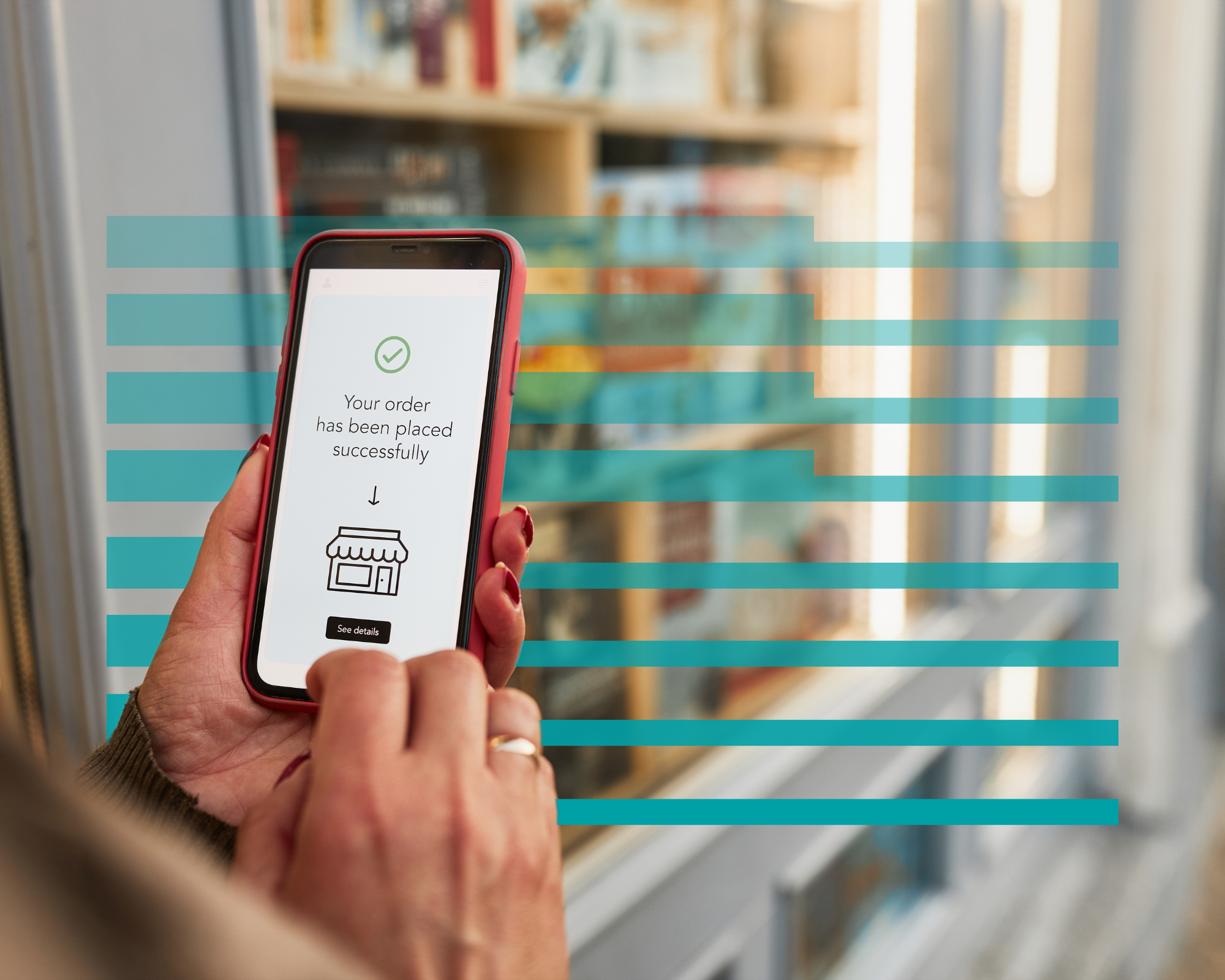
If your Brand Tracker does not measure Category Entry Points, then you’re missing a key area of growth for 2024. The best search engine is the mind, so triggering thoughts of your brand at key buying occasions can lead to significant additional revenue. Think Diet Coke and break time.
Sign up for one of our Brand Tracking packages before the 1st of April 2024 and get 12 months of Category Entry Points insights, alongside a complementary deep-dive into your results.

– A dynamic Brand Tracking dashboard with 24/7 access to all of your fundamental KPIs, such as ad awareness and brand strength
– A complementary insight meeting to delve into your 3 key business questions
– A consultative partnership that will help you answer the ‘so what’ and ‘what now’ for your brand
– Access to your new tracker within an average of 4-6 weeks

– Offer only open for new Brand Tracking packages over 32,000 SEK per month with a minimum 12 month contract, signed before the 1st April 2024.
– One free 1-hour insight meeting, to cover 3 key business questions.
– Category Entry Point module included for 12 months free of charge, for all markets and categories purchased (cost for year 2 based on 2 categories and 3 countries is 36,000 SEK, subject to change).
– Number of free Category Entry Points is capped at 10, and they must be the same for each market and category.
– Normal Nepa terms and conditions apply
January 30, 2024

AI. New shopping channels. A cost-of-living crisis. The new spending power of Generation Alpha. Market share growth has never been as complicated as it is in 2024. But you can sharpen your competitive edge by building mental availability; ensuring your brand is at the top of mind wherever and whenever a consumer is ready to make a purchase.
This is where Category Entry Points come into play. As defined by the Ehrenberg-Bass Institute, they are the cues that consumers use to access their memory when making a buying decision, encompassing both internal cues like motives and emotions and external cues like location and time of day. Think Diet Coke with break time.
With a direct correlation between a brand’s market penetration and the number and strength of their Category Entry Points, understanding and leveraging them is essential.
To begin, you need to start with the 7W’s; ‘Why’, ‘Where’, ‘hoW’, ‘With’, ‘When’, ‘While’, and ‘With what’.
– Why
The motive and benefits behind a purchase, for instance to lead a healthier lifestyle or to get a promotion.
– Where
The location of where the product will be used or consumed, for instance when working from home, or on the train.
– hoW
The feelings and emotions behind the purchase, for instance feeling low on energy or stressed.
– With/for whom
The other people who may be involved in the usage or consumption, for instance your partner, or senior management.
– When
The timing of when the product will be used or consumed, for instance every Saturday or at the end of the financial year.
– While
Co-activities that might occur with the usage or consumption, for instance a meeting or filling up your car.
– With what
Other categories that might be purchased or consumed at the same time, for instance socks with shoes or popcorn at the movies.
As consumers have a multitude of entry points into each category, product or brand, you then need to prioritise those that are the most effective for brand growth. This is where we turn to the 3C’s.
– Credible
How credible is your product, brand, or solution in this situation?
– Competitive
How many other brand or business are in competition for this entry point?
– Common
How frequently do buyers find themselves at this entry point?
Those with high credibility, low competition, and high incidence are those that are going to be most valuable. Having high impact, high effectiveness messaging at these points will help create brand memories.
Identifying your Category Entry Points is only the first step. Once you actively start to build brand memories during these situations, you need to have a system in place to see which messages resonate, and which don’t. And it’s important not to forget that your competitors might also be working on their Category Entry Point memories too.
By measuring continuously, you can quickly and easily view your entire competitive landscape. This makes it simpler to promptly adapt strategies and stay ahead of your competition.
1. Discover your brand’s specific Category Entry Points
Using qualitative techniques, we uncover every Category Entry point that might lead a consumer to your category. Generative AI is used to identify, validate, and analyse the data to minimise the risks of bias.
2. Quantify and prioritise your key Category Entry Points
A quantitative deep dive identifies the strength of your brand’s current Category Entry Points, and which ones should be focused on to drive growth in the market.
3. Monitor the development of your Category Entry Points
Both your brand and your competitors Category Entry Points are continuously tracked in our Brand Tracking dashboard, so you can make timely, informed decisions to grow your market share.
November 28, 2023

Observation, sender recall, message comprehension, and liking are some of the key metrics collected by regular Campaign Evaluations. Did your consumer see your campaign? Did they know it was your brand? Did they understand the message you were trying to convey, and did it make them more likely to buy your brand?
CampaignPulse asks all of these questions, and then delves even deeper. What in particular resonates with consumers? How unique do they think your brand is? How does it compare with industry benchmarks? Does the ad align with consumer’s expectations of your brand? These are the factors that truly drive engagement and loyalty.
The best part of a CampaignPulse evaluation? You can receive your insights whilst your campaign is running. These near-time results provide a distinct advantage in today’s fast-paced marketing landscape. If your campaign isn’t performing well and you only find out after the fact, the damage is already done. This flexibility is a game-changer, allowing you to respond agilely to consumer feedback, emerging trends, and the ever-evolving consumer landscape.
If done incorrectly, your campaign may inadvertently be a boost for your competition. A lack of strong brand assets, such as tagline, colour palette, audio, and typography, can mean that the time and resources you’ve spent simply go to waste.
CampaignPulse helps you to minimise this risk by giving you a clear overview of which brand assets drive recognition and liking, which may inadvertently boost competitors, and how to mitigate this to create the strongest campaign.
